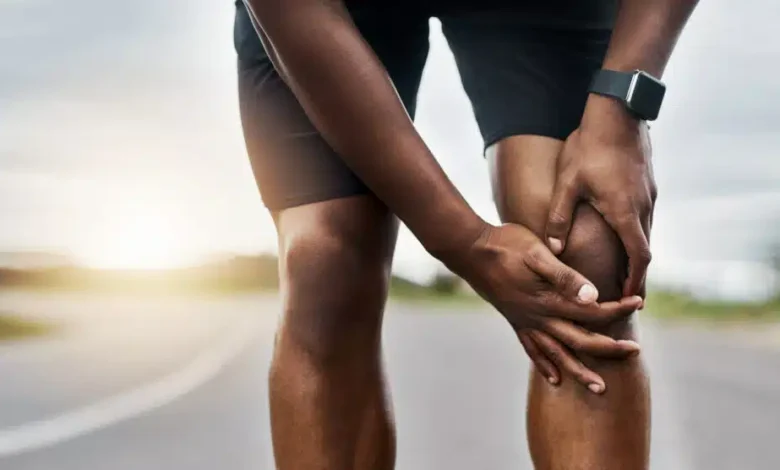Preventing Overuse Injuries in Amateur Athletes

Overuse injuries are a common challenge for amateur athletes, particularly for young athletes and active adults who engage in repetitive physical activities. These injuries, caused by doing too much too soon or not allowing adequate recovery time, can sideline athletes from the sports they love. While they can be frustrating, understanding how they occur, taking steps to prevent them and when to see a sports medicine doctor can help athletes stay active and healthy.
Overuse Injuries Explained
An overuse injury develops gradually from repetitive strain on muscles, tendons, or bones without sufficient recovery time. Unlike acute injuries, which result from a single traumatic event, overuse injuries form over time and often become noticeable through persistent pain, discomfort, or swelling.
Common examples include shin splints, tennis elbow, runner’s knee, and stress fractures. Symptoms may begin as mild discomfort during activity, but without intervention, they can progress to more severe issues that may require medical attention.
Understanding the Role of Sports Medicine
Sports medicine plays a significant role in helping athletes prevent and recover from overuse injuries. By understanding biomechanics, proper technique, and suitable training plans, sports medicine professionals guide athletes in avoiding unnecessary strain on their bodies. They can also assess performance, identify areas of potential weakness, and provide individualized advice for long-term health. For amateur athletes, sports medicine is part of staying proactive in injury prevention.
Tips for Preventing Athletic Overuse Injuries
While overuse injuries can happen to any athlete, there are simple habits that minimize the risk. Prevention is the first step towards healthy athletic ability. Consider incorporating these tips into your routine:
Listen to Your Body
Pay attention to any pain, discomfort, or unusual fatigue during and after activities. Persistent discomfort is often an early indicator of an overuse injury. If something doesn’t feel right, it’s better to rest than to push through the pain.
Vary Your Training
Engage in cross-training to avoid putting constant stress on the same group of muscles or joints. Mixing activities, like swimming or cycling alongside running, can reduce repetitive strain while maintaining fitness.
Focus on Proper Technique
Whether you’re lifting weights, swinging a tennis racket, or running a marathon, using proper form matters. Poor technique increases the risk of strain and injury. Whenever possible, work with a coach, trainer, or experienced instructor for guidance.
Gradually Increase Intensity
Avoid increasing the intensity, duration, or frequency of your exercise too rapidly. A common guideline is to avoid more than a 10% increase each week. This allows your body to adapt and reduces the likelihood of injury.
Stretch and Warm Up
Take time to stretch and warm up before any activity. Dynamic stretches and light movements before workouts prepare your muscles and joints, while static stretches after activity help with recovery and flexibility.
Prioritize Recovery
Recovery is just as key as training. Include rest days in your routine, and make time for sleep, hydration, and proper nutrition. Rest allows your body to repair and strengthens it for future training sessions.
When to Seek Care From a Sports Medicine Doctor
If pain persists, worsens over time, or impacts daily activities, it’s time to consult with a sports medicine doctor. They will assess your condition, suggest treatment options, and create a plan to return you to your preferred activities safely. Early intervention often prevents minor issues from becoming significant setbacks.
Improve Performance While Staying Safe
Preventing overuse injuries involves combining knowledge, proper training, and attentiveness to your body’s needs. By following these practical tips and seeking professional guidance when needed, athletes can minimize downtime and improve performance while maintaining long-term health. If you need tailored athletic advice schedule a consultation with a sports medicine professional to keep you on the right track.





